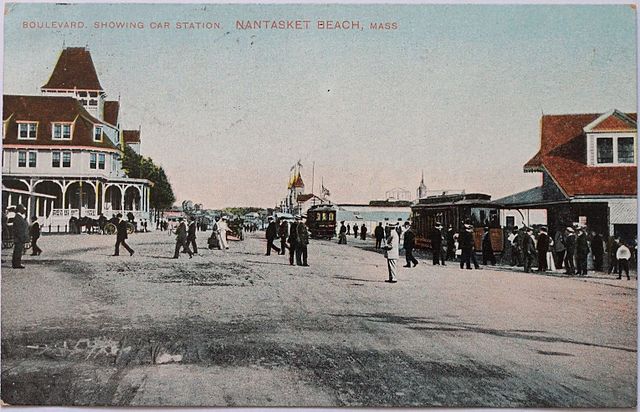I was hoping you'd ask.
#1: Put three bus drivers and a mechanic in a windowless room near the docks in Charlestown and get them to count it for me (and give me an estimate to within the closest ~100k of how much of it is already missing).
#2: Moar BRT
#3: Call in sick
Ba Da Bing......


